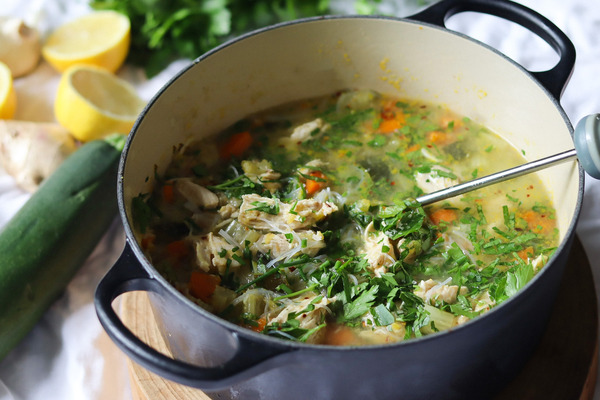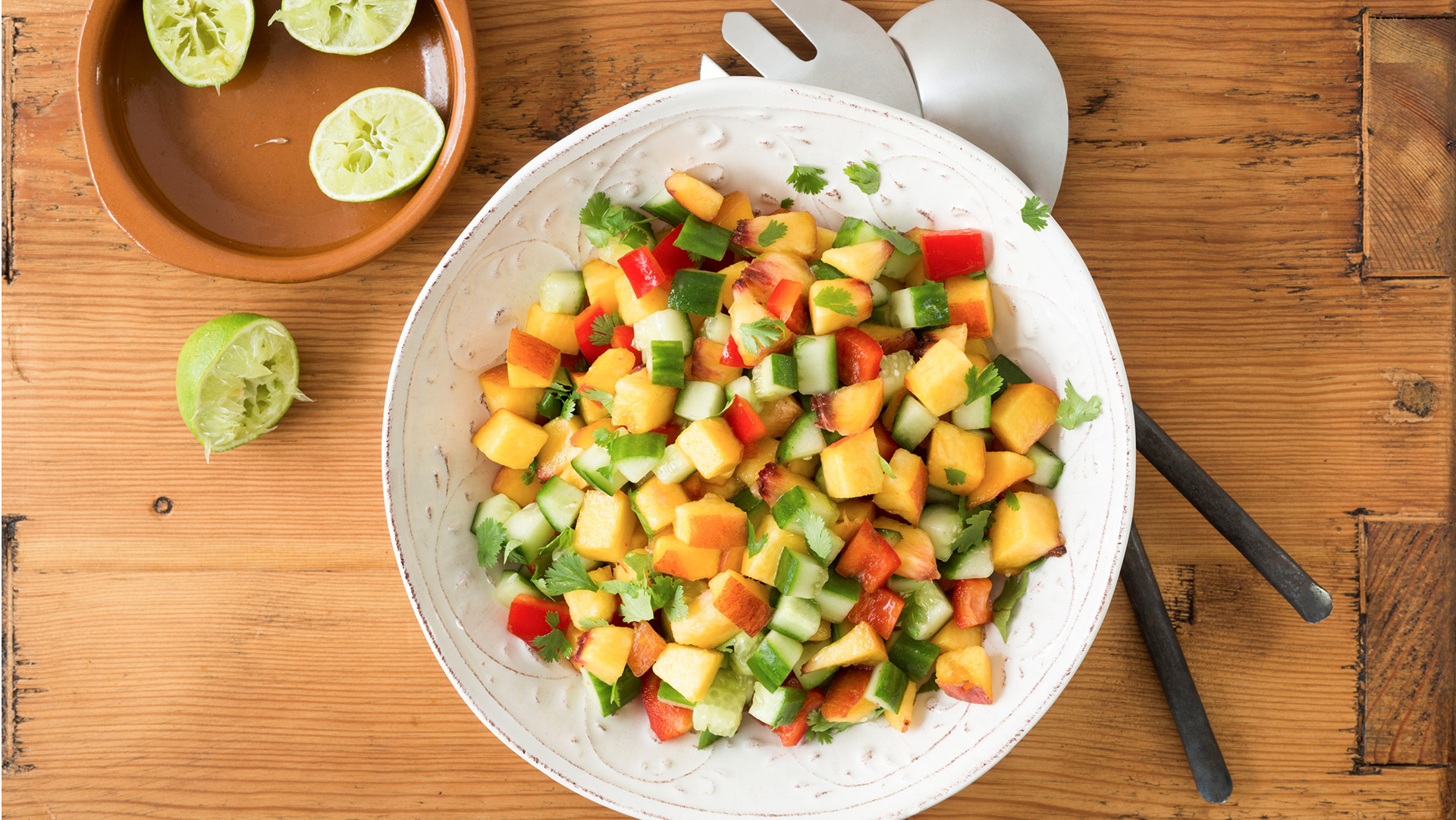-
For the first time in 15 years, the iconic Healthy Eating Pyramid by Nutrition Australia has been updated to reflect the latest recommendations for a healthy diet.
Developed in line with the current Australian Dietary Guidelines, the new pyramid was designed to clear up some of the growing confusion around nutrition, influenced by fad diets and other health ‘trends’.
“The new Pyramid cuts through the misleading information and fad diets that are getting so much attention, and provides Australians with a credible, flexible and realistic guide to eating well,” says Lucinda Hancock, Nutrition Australia Vic Division, Executive Officer.
“You don’t need to follow a restrictive diet or cut out entire food groups to eat healthier, because this can also lead to other issues such as yoyo dieting or nutrient deficiencies.
“We want to get the message across that for most people the simplest way to eat healthier is to cut down on junk food and sugary drinks and to eat mostly from the core food groups – especially to eat more fruit and vegetables.”
"The simplest way to eat healthier is to cut down on junk food and sugary drinks and to eat more fruit and vegetables.”
What’s changed?
First, you’ll probably notice that added sugars and junk foods are gone. While these foods used to be included in the tiny top layer as ‘occasional’ foods, the new pyramid recommends only healthy fats in this top layer. A side note now recommends limiting salt and added sugar as much as possible.
So what’s been added? Popular health foods, like quinoa, cous cous and soba noodles, along with more dairy and meat alternatives like tofu and soy milk. It also encourages drinking lots of water and enjoying herbs and spices to flavour foods without using salt.
The way these foods are grouped has also changed. The last pyramid grouped foods into three layers – food we should Eat Most (plant-based foods), those we should Eat Moderately (dairy, meat and their alternatives), and those we should Eat in Small Amounts (added fats and sugars.)
The new pyramid has four layers, separating foods into five groups to provide clearer information about how each one contributes to a healthy diet:
- Vegetables, fruits and legumes. These make up the biggest layer – fill up on all the broccoli, zucchini, peas, carrots,, capsicum, tomatoes, cauliflower, lentils, bananas and pears you like! A rainbow of colourful options are included for a balanced nutrient intake.
- Grains. This is the next biggest group, with a new focus on nutrient-dense whole grains. Think quinoa, cous cous, soba noodles, wholegrain cereals and oats.
- Dairy and alternatives. Eat moderate amounts of milk, yoghurt, cheese and dairy alternatives like soy milk.
- Meat and alternatives. Protein foods are included on the same level as dairy – moderate amounts of meat, poultry, fish, eggs, tofu, nuts and seeds.
- Healthy fats. The small top layer is reserved for healthy fats – like olive oil and almonds – replacing the sugar, butter and margarine that used to be ‘sometimes’ foods.
Find out more at nutritionaustralia.org
The new Healthy Eating Pyramid

-
Is sharing a meal the secret ingredient to a happier life?
Why social connection may be the most important ingredient on your plate.
-
Chicken soup with parmesan, rice, peas and lemon recipe
Nourishing chicken soup
-
The best immunity-boosting foods
Key nutrients to focus on that could help to boost your immunity, and the how to get them.
-
Comforting chicken noodle soup
Packed with anti-inflammatory ingredients including leek, garlic and ginger, this chicken noodle soup is hearty, full of goodness and great for any night of the week.
-
Peach salsa recipe
Zesty and unusual peach salsa recipe
-
Pineapple gingerbread crumble recipe
A summer riff on a winter classic.






